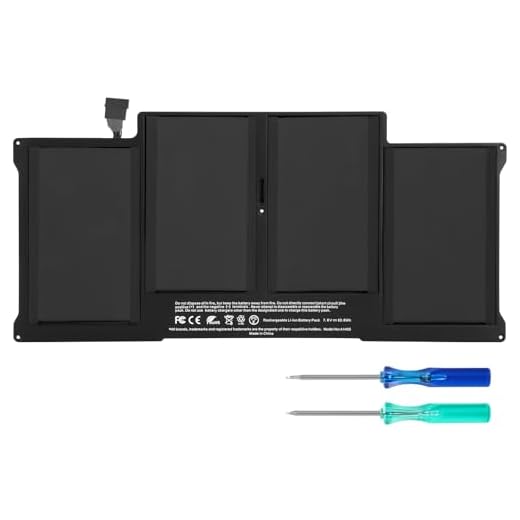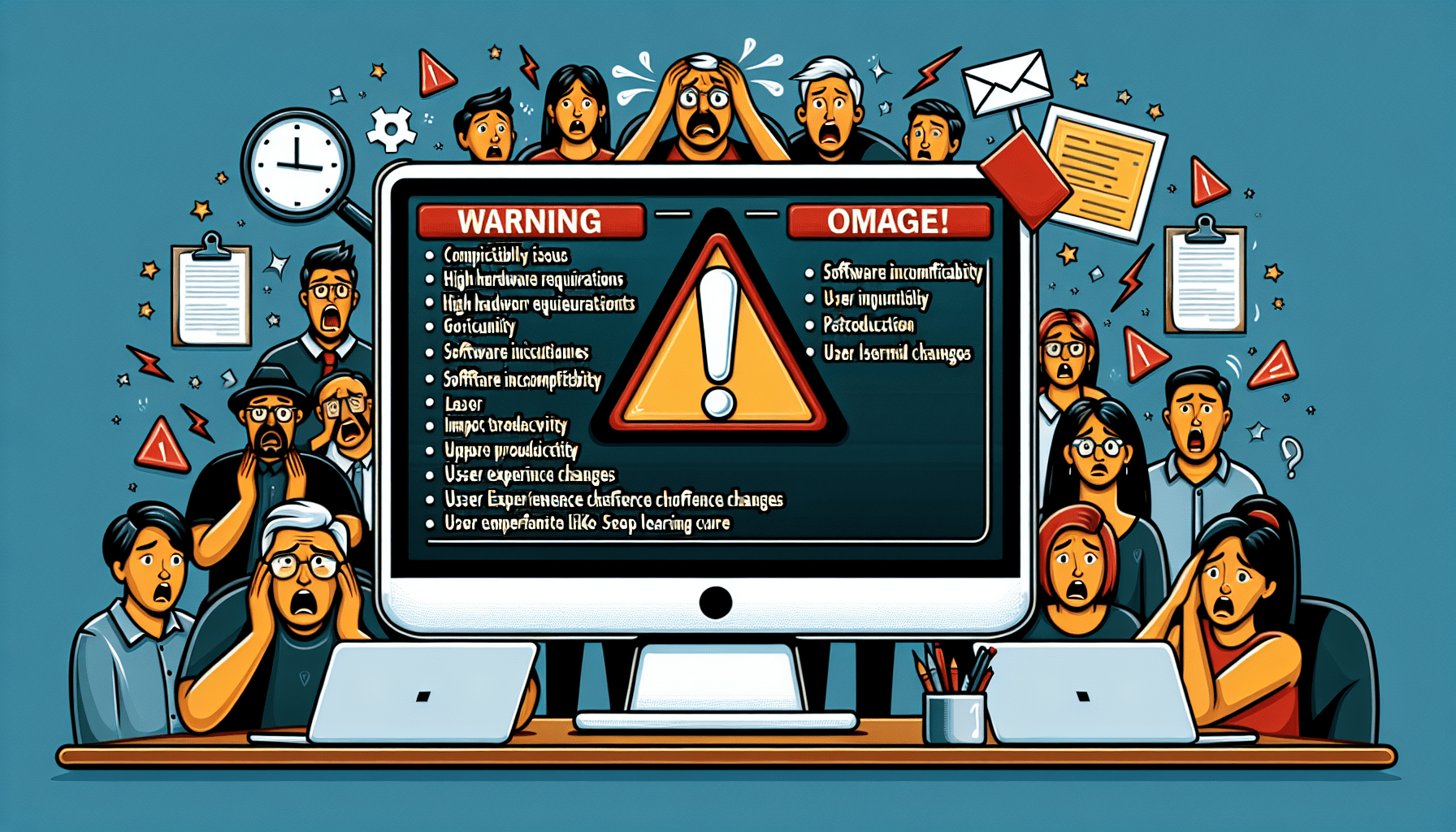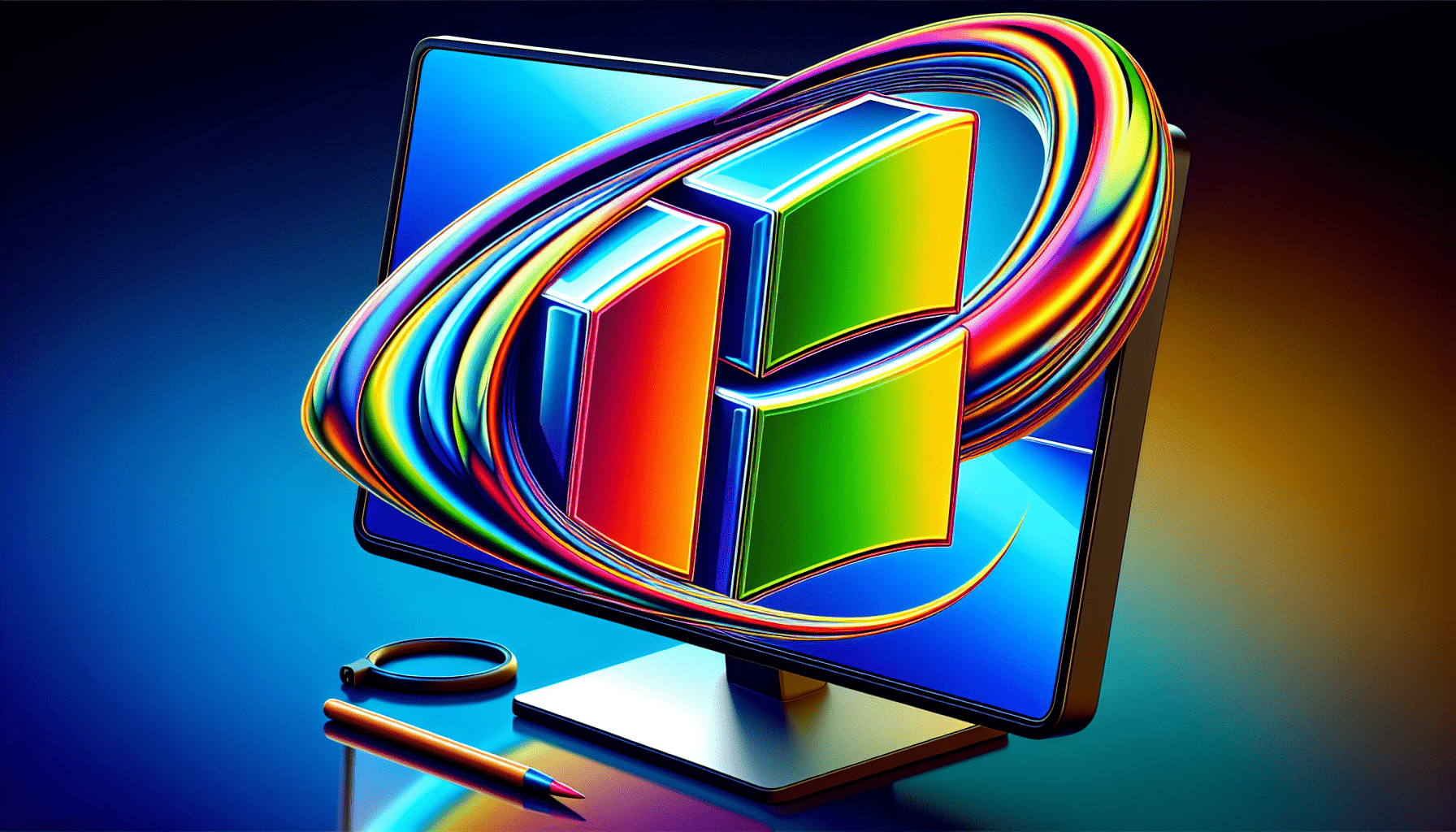



You’re in luck! If you’re wondering how to calibrate the battery in your laptop, this article has got you covered. Whether your laptop’s battery isn’t holding a charge like it used to or you simply want to prolong its lifespan, calibrating the battery can help improve its performance. In this short guide, you’ll learn the step-by-step process to successfully calibrate your laptop’s battery, ensuring that you’re getting the most out of your device. Say goodbye to battery woes and get ready to optimize your laptop’s power!
Understanding Battery Calibration
Definition of battery calibration
Battery calibration refers to the process of recalibrating the laptop battery to ensure accurate readings of its capacity and overall performance. It involves fully charging the battery, discharging it completely, and then charging it again, all in a specific manner. This process helps the laptop’s operating system accurately estimate the available battery life and prevent unexpected shutdowns or incorrect battery level indications.
Purpose and importance of battery calibration
The purpose of battery calibration is to accurately measure the remaining battery capacity and improve the overall performance of the laptop. It helps to avoid unexpected shutdowns by ensuring the battery level indication is accurate. Calibration is also crucial for extending the lifespan of the battery, as it helps maintain its health and prevents premature aging. By calibrating the battery, you can optimize its performance and ensure reliable power management for your laptop.
How battery calibration works
Battery calibration works by retraining the operating system to accurately measure the battery’s capacity. The process involves resetting the battery’s battery management system (BMS) and establishing a new baseline for measuring the battery’s charge level. This is done by fully charging the battery, allowing it to discharge completely, and then charging it again. During this process, the operating system recalibrates the battery’s circuitry to accurately estimate its capacity and provide more reliable battery level indications.
Signs Your Laptop Battery Needs Calibration
Unexpected shutdowns
One of the key signs that your laptop battery needs calibration is experiencing unexpected shutdowns. If your laptop shuts down abruptly, even when the battery level indicator suggests there is still charge remaining, it could be an indication that the battery’s capacity is not being accurately measured. Calibrating the battery can help resolve this issue and prevent unexpected shutdowns.
Inaccurate battery level indication
Another sign that your laptop battery requires calibration is when the battery level indication is inaccurate. For example, your laptop may show a full battery, but it quickly drops to a low charge percentage or shuts down abruptly. In such cases, calibrating the battery can help recalibrate the battery management system (BMS) to provide more accurate battery level readings.
Reduced battery lifespan
If you’ve noticed a significant reduction in your laptop battery’s overall lifespan, it could be an indication that calibration is necessary. Over time, the battery’s capacity may degrade, and the operating system may fail to accurately measure the remaining charge. Calibrating the battery can help restore its original capacity and prolong its lifespan.
Laptop fails to detect battery
If your laptop is unable to detect the battery or shows any signs of battery-related issues, calibration may be necessary. This could manifest as the battery icon not appearing on the taskbar or the laptop not recognizing the battery’s charge status. Calibrating the battery can help resolve these detection issues and ensure the laptop properly communicates with the battery.

Safety Precautions Before Starting Calibration
Backup of all important data
Before starting the battery calibration process, it is essential to back up all your important data. While the calibration process itself does not typically pose a risk to your files, it is always a good practice to have a backup in case of any unforeseen circumstances. By doing so, you can ensure the safety of your important documents, photos, and other files.
Ensuring laptop is in a cool and dry environment
It is crucial to ensure that your laptop is in a cool and dry environment before starting the calibration process. Excess heat or humidity can negatively affect the battery’s performance and may interfere with the calibration process. Find a suitable location where the laptop can dissipate heat effectively and maintain an optimal temperature throughout the calibration process.
Ensuring physical safety of the laptop
Before beginning the calibration process, make sure your laptop is physically secure. Place it on a stable and flat surface to prevent any accidental falls or movements during the calibration process. Additionally, ensure that all cables and power connections are properly secured to avoid any disruptions during the calibration.
Prepare Your Laptop for Calibration
Ensure laptop is connected to a power source
To perform the battery calibration process efficiently, ensure that your laptop is connected to a stable power source. This ensures that the laptop will have a consistent power supply throughout the calibration process. Depending on your laptop model, it is recommended to keep the charger plugged in during the entire calibration process.
Disable sleep and hibernate mode
Before you begin the calibration, it is important to disable the sleep and hibernate modes on your laptop. These modes can interrupt the calibration process by causing the laptop to enter a low-power state or completely shut down. By disabling sleep and hibernate mode, you can ensure that the laptop remains active throughout the calibration process.
Turn off any unnecessary applications
To optimize the calibration process, it is advisable to close all unnecessary applications running on your laptop. Background applications and processes can consume system resources, which may affect the accuracy of the calibration. By closing unnecessary applications, you can dedicate more system resources to the calibration process and ensure its efficiency.

Initial Charging
Charge your laptop fully
The initial charging phase is an essential part of battery calibration. Start by plugging in your laptop’s charger and allowing it to charge fully until the battery reaches 100%. This ensures that the battery is properly calibrated and ready for the subsequent discharge phase.
Understanding the charging process
During the charging process, the laptop’s operating system communicates with the battery management system (BMS) to monitor the battery’s charging progress. The BMS regulates the charging current and voltage to prevent overcharging, which can be detrimental to the battery’s health. Once the battery reaches its maximum capacity, the charging process slows down to maintain a full charge without causing any damage.
Indications that laptop is fully charged
To determine if your laptop is fully charged, check the battery indicator light on your laptop or the battery icon in the taskbar. It may change its color or display a specific pattern to indicate that the battery has reached its maximum capacity. Additionally, some laptops may emit a notification sound or display a message indicating that the battery is fully charged. Once you’ve confirmed the battery is fully charged, you can proceed to the next phase of the calibration process.
Discharge the Battery
Proper ways to discharge your laptop
During the discharge phase of battery calibration, the goal is to completely drain the battery to establish an accurate baseline for measuring its charge level. To achieve this, it is recommended to use the laptop normally, performing tasks that require battery usage without interruptions. Avoid using any power-saving features or lowering the display brightness during this phase to allow the battery to discharge naturally.
How to monitor the discharging process
Monitoring the discharging process can give you an idea of how much battery capacity is remaining. You can check the battery level indicator in the taskbar or access the battery settings in your laptop’s operating system to view the current charge level. It is essential to ensure that the laptop operates until the battery is fully drained before proceeding to the next phase of the calibration process.
What to do when the battery has completely discharged
Once your laptop’s battery has completely discharged, it is important to prevent any further battery drain. Immediately connect your laptop to the charger and allow it to charge uninterrupted until it reaches 100% capacity. This will conclude the calibration process and ensure that the battery is accurately calibrated for optimal performance.

Recharge After Calibration
Proper ways to recharge after calibration
After completing the calibration process, it is crucial to recharge your laptop battery properly. Plug in the charger and let the battery recharge fully until it reaches 100% capacity. This ensures that the battery is adequately charged and ready for normal usage.
Understanding the charging process after calibration
Similar to the initial charging phase, the charging process after calibration involves the laptop’s operating system communicating with the battery management system (BMS) to monitor the battery’s charging progress. The BMS controls the charging current and voltage to prevent overcharging and maintain a healthy battery. Once the battery reaches its maximum capacity, the charging process slows down to maintain a full charge without causing any harm to the battery.
Re-enable Laptop Power Management Settings
Steps to re-enable sleep and hibernate mode
To re-enable sleep and hibernate mode after the calibration process, follow these steps:
- Open the “Power & sleep settings” or “Power Options” in the control panel.
- Look for the sleep and hibernate settings, which may be labeled as “When plugged in” or “On battery.”
- Adjust the settings according to your preferences, choosing the desired sleep and hibernate times.
- Save the changes and exit the settings.
Importance of re-enabling power settings
Re-enabling sleep and hibernate mode is important as these power management features help conserve battery life and improve energy efficiency. By allowing your laptop to enter low-power states when not in use, you can save battery power and prolong its overall lifespan. However, it is essential to strike a balance between power-saving and convenience, adjusting the settings based on your usage patterns.
Other settings to consider
In addition to re-enabling sleep and hibernate mode, it is worth considering other power management settings. These settings may include adjusting the display brightness, enabling battery saver mode, or optimizing power plans to suit your needs. By fine-tuning these settings, you can further optimize your laptop’s power consumption and improve overall battery performance.
Identifying Calibration Success
Changes to expect after calibration
After successfully calibrating your laptop battery, you may notice several changes in its performance. These changes may include improved battery life estimation accuracy, reduced instances of unexpected shutdowns, and a more consistent battery level indication. Additionally, you may experience better overall battery performance, as the calibration process helps the operating system accurately measure the battery’s capacity.
Signs of successful calibration
To determine if the calibration process was successful, monitor your laptop’s battery performance for a few charge cycles. Look for consistent and accurate battery level indications, improved battery life estimation, and a reduction in unexpected shutdowns or other battery-related issues. If these positive changes persist over time, it indicates that the battery calibration was successful.
What to do if calibration was not successful
If you find that the battery calibration process did not yield the desired results or did not improve the battery’s performance, there are a few things you can try. First, ensure that you followed the calibration process correctly and repeated it if necessary. If the issue persists, consider seeking professional assistance or contacting the manufacturer for further guidance. They may be able to provide specific troubleshooting steps or recommend additional actions to address the battery-related concerns.
Maintaining Your Laptop Battery Post-Calibration
How often to calibrate laptop battery
After successfully calibrating your laptop battery, it is generally recommended to calibrate it every few months or whenever you notice a significant decrease in battery performance. However, it is important to note that modern laptop batteries are designed to maintain accurate readings for extended periods without frequent calibrations. Regularly monitoring your battery’s performance and conducting calibrations as needed can help prolong its lifespan and maintain optimal performance.
Tips for extending laptop battery lifespan
To extend the overall lifespan of your laptop battery, consider implementing the following tips:
- Avoid exposing your laptop to extreme temperatures, as this can degrade battery performance.
- Keep your laptop in a cool and well-ventilated environment to prevent overheating.
- Avoid complete discharge of the battery on a regular basis, as this can strain the battery.
- Limit exposure to direct sunlight or extreme heat sources, as it can negatively impact the battery’s health.
- Unplug unnecessary peripherals or devices when not in use to minimize power consumption.
- Adjust power settings and optimize your laptop for power efficiency to reduce battery drain during normal usage.
Dangers of over-calibration and under-calibration
While calibration is essential for maintaining battery health and accurate performance, it is important to avoid over-calibration or under-calibration. Over-calibration, which involves excessively discharging and recharging the battery, can potentially shorten its lifespan and cause damage. On the other hand, under-calibration, where the battery is not recalibrated periodically, may lead to inaccurate battery level readings and premature capacity degradation. It is crucial to follow the recommended calibration guidelines and avoid unnecessary or excessive recalibration to ensure the longevity and optimal performance of your laptop battery.
In conclusion, understanding battery calibration is crucial for optimizing the performance and lifespan of your laptop battery. By recognizing the signs that indicate the need for calibration, following the proper steps for calibration, and maintaining the battery post-calibration, you can ensure accurate battery level indications, minimize unexpected shutdowns, and prolong the overall lifespan of your laptop battery. Remember to take necessary safety precautions, back up important data, and consult professional assistance if needed. With proper calibration and care, your laptop battery can provide reliable and efficient power management for years to come.



